What is the 10-3-2-1-0 sleep method?
How adapting your routine can lead to better slumber
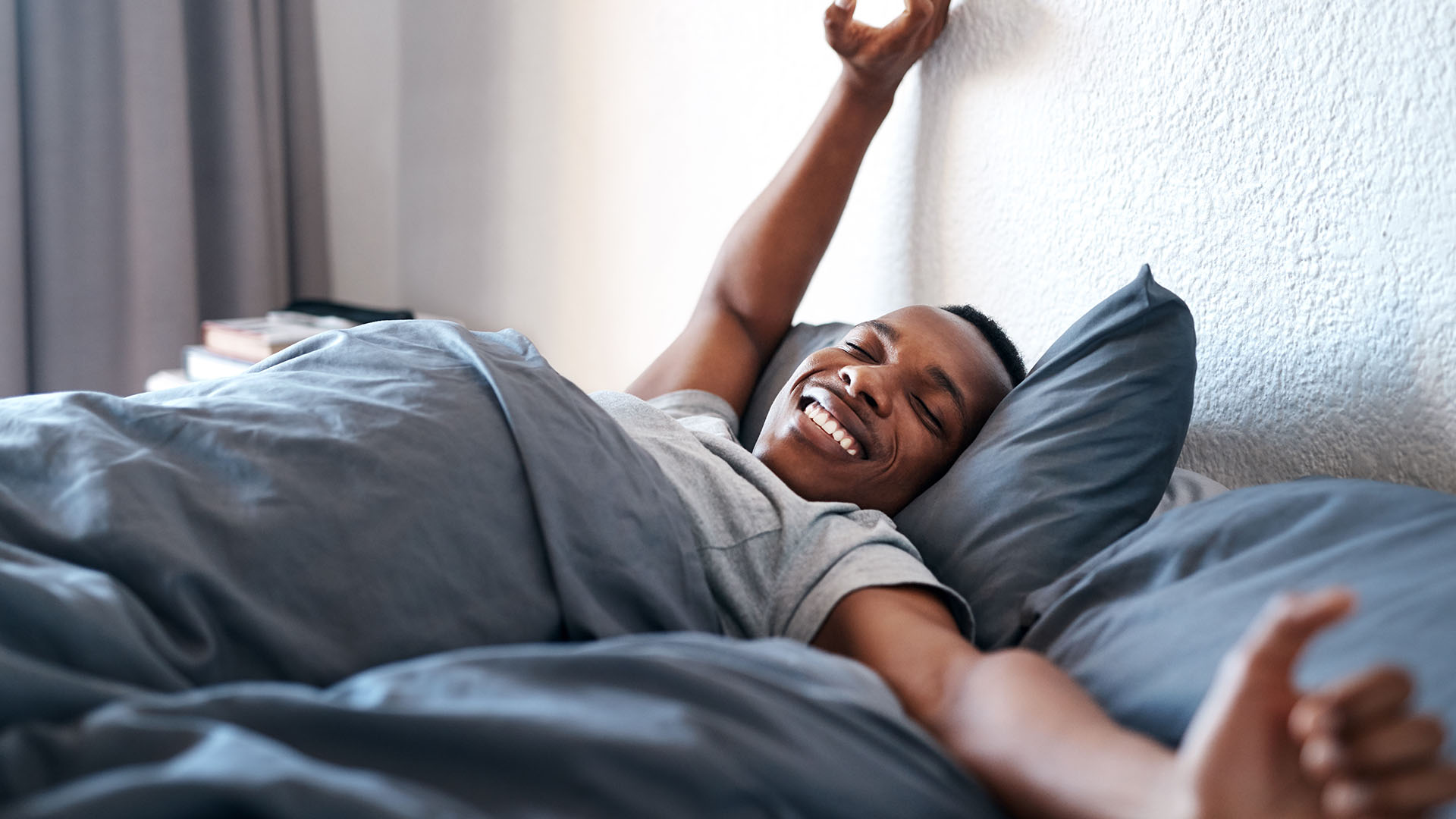
You've sprayed lavender around your bedroom, sipped on a peppermint tea, and set up your white noise machine. Now you're all tucked up and ready to sleep. But instead of falling immediately into the land of nod, you instead find yourself tossing and turning. What gives?
The answer might lie in how you structure your day. The 10-3-2-1-0 sleep method is a sleep hack that takes a bigger approach to achieving better rest. It encourages you to reconsider your bedtime routine, starting from the early afternoon and finishing in the morning. By making these five changes to your day to day, you might find yourself falling asleep quicker, sleeping deeper, and feeling more awake in the morning.
If you're making an effort to revamp your routine for better sleep, make sure you have a sleep setup to match. Choosing the best mattress for your sleep style can completely transform your rest (especially when you pair it with the best pillow and our tips below). Let's explore what the 10-3-2-1-0 sleep method is, and how to make it work for you.
What is the 10-3-2-1-0 sleep rule?
The 10-3-2-1-0 rule is a simple method for improving both the length and quality of your sleep. It goes like this:
- 10 hours before bed, no more caffeine
- 3 hours before bed, no more eating or drinking alcohol
- 2 hours before bed, no more work
- 1 hour before bed, no more screens
- 0 times pressing the snooze button in the morning
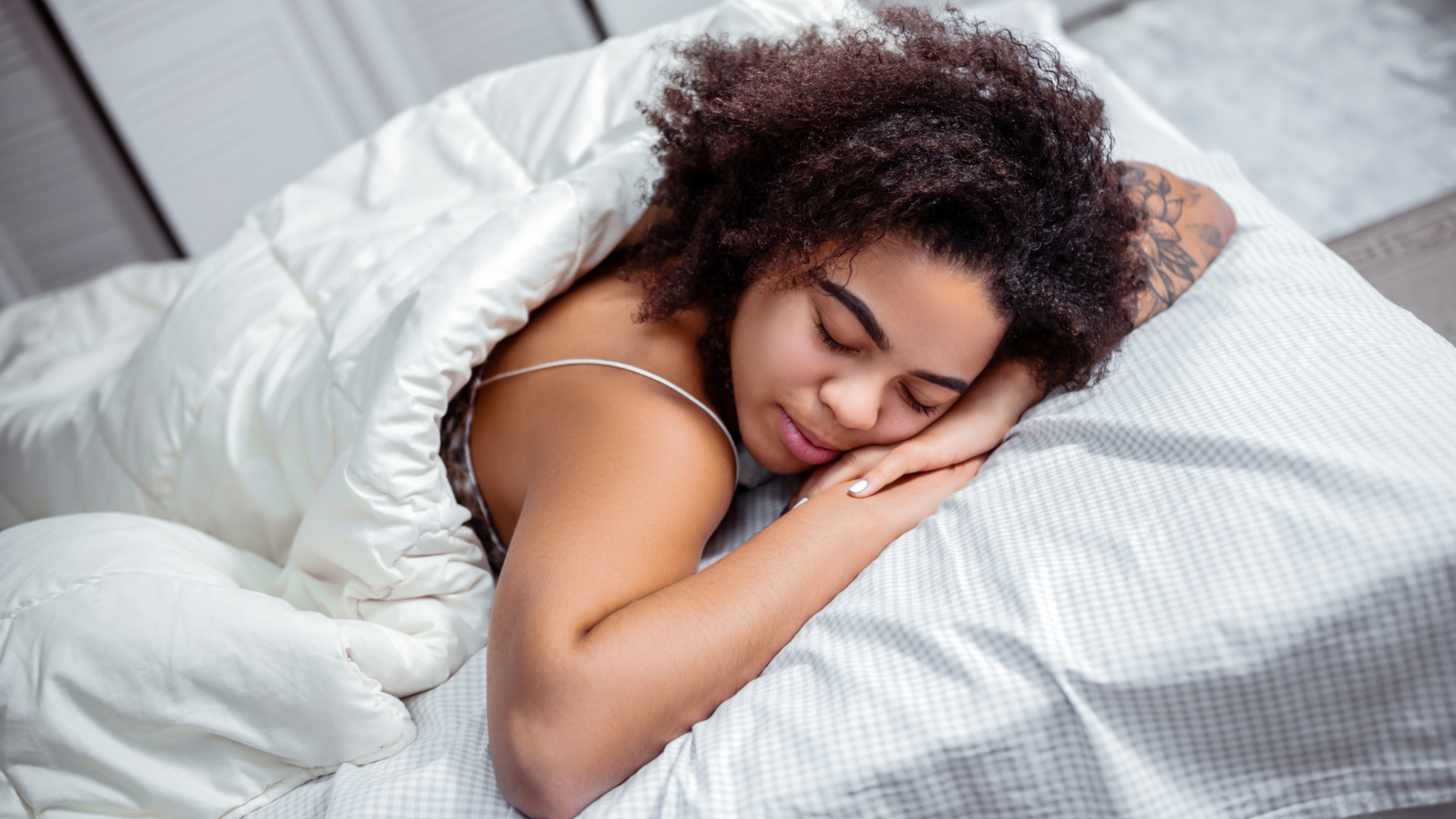
Okay, the method is simple to understand, but we’ll be honest, it's not quite so simple to follow. That’s why in this guide, as well as explaining the logic behind each rule, I’ll also provide some tips on how to make it work for you.
Step 1: 10 hours before bed, no caffeine
It comes as a surprise to no one that caffeine before bed is a no-go. Most of us try to wind down our coffee drinking from mid-afternoon, but 10 hours in advance? Is that really necessary?
Caffeine keeps us alert by blocking the adenosine receptors in the brain. Adenosine builds up throughout the day and makes us feel sleepy. By suppressing adenosine, caffeine helps us feel more awake.
Sign up for breaking news, reviews, opinion, top tech deals, and more.
The effects of caffeine peak within about one hour of consumption, and caffeine has a half life of roughly three to five hours. That means five hours after drinking it, half the amount of caffeine is still in the body, and it can take up to 10 hours for the effects of caffeine to fade completely. Now, these timing aren’t precise, but the main takeaway is that caffeine can hang around long after you’ve slurped the last dregs. So, yes, there are benefits to restricting your Starbucks habit to a pre-lunchtime treat only.
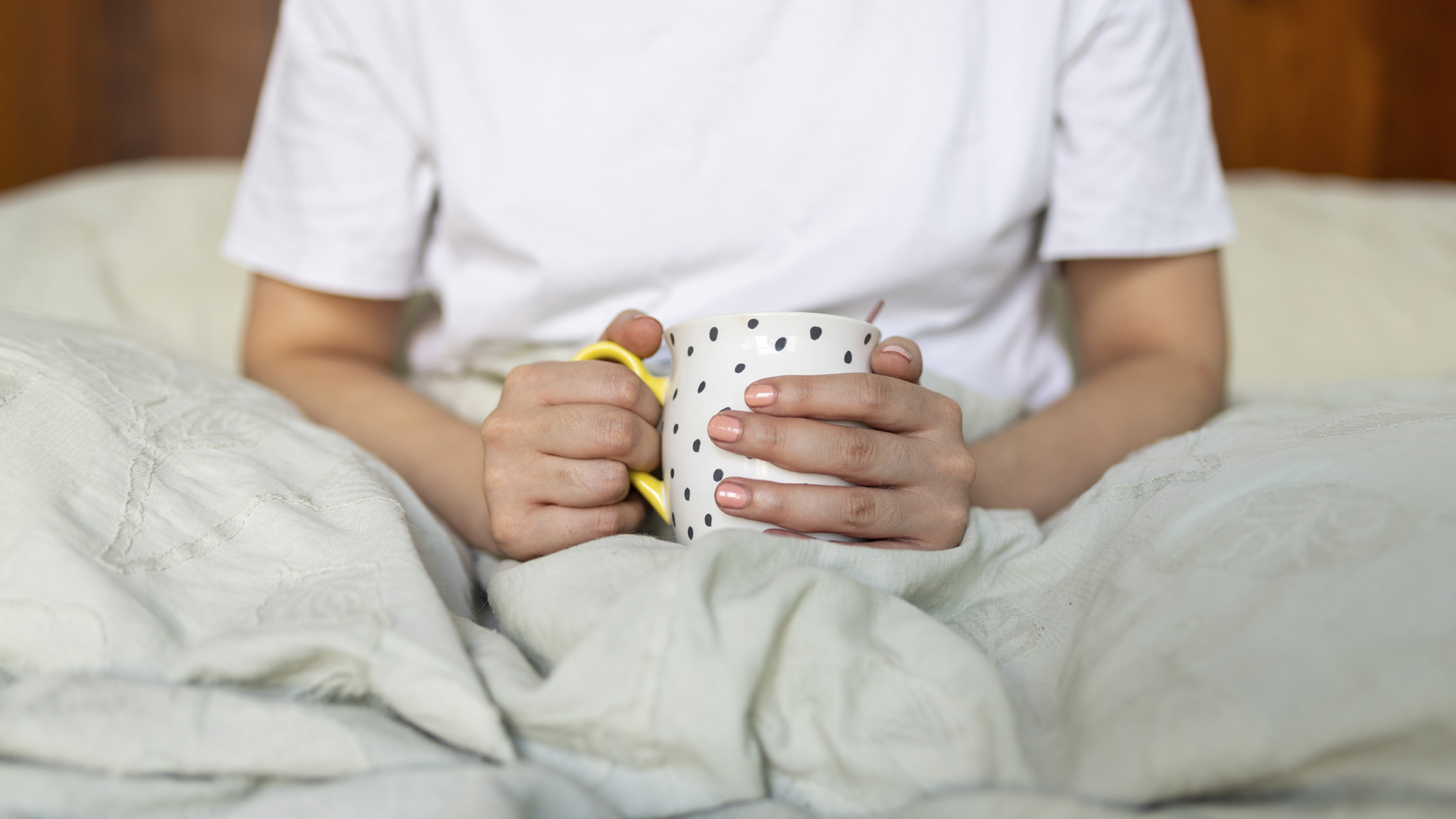
How to do it: If you’re finding it hard to cut out caffeine from midday, consider a staggered approach. Start by stopping at least seven hours before bed. When you’re used to that, move it forward an hour, then another, and so on until you reach that magic 10.
Replace your afternoon americano with a caffeine-free alternative you look forward to drinking. That way, it won’t feel like such a chore.
Step 2: 3 hours before bedtime, no food or alcohol
The next rule is to stop eating and stop drinking alcohol three hours before you sleep. If you go to sleep at 10pm, that means you’ll need to stop eating at around 7pm (and put away that glass of wine at the same time).
Eating disrupts your circadian rhythm because the muscles in the digestive system are still working when they should be going to sleep. Eating late can also lead to issues such as acid reflux and indigestion, as your body struggles to digest food if you lie down after eating. Studies have shown that eating within three hours of going to bed can lead to increased risk of experiencing GERD symptoms.
Alcohol can make you feel sleepy, but it also degrades your quality of sleep. You may drift off faster, but you’re more likely to wake up tired.
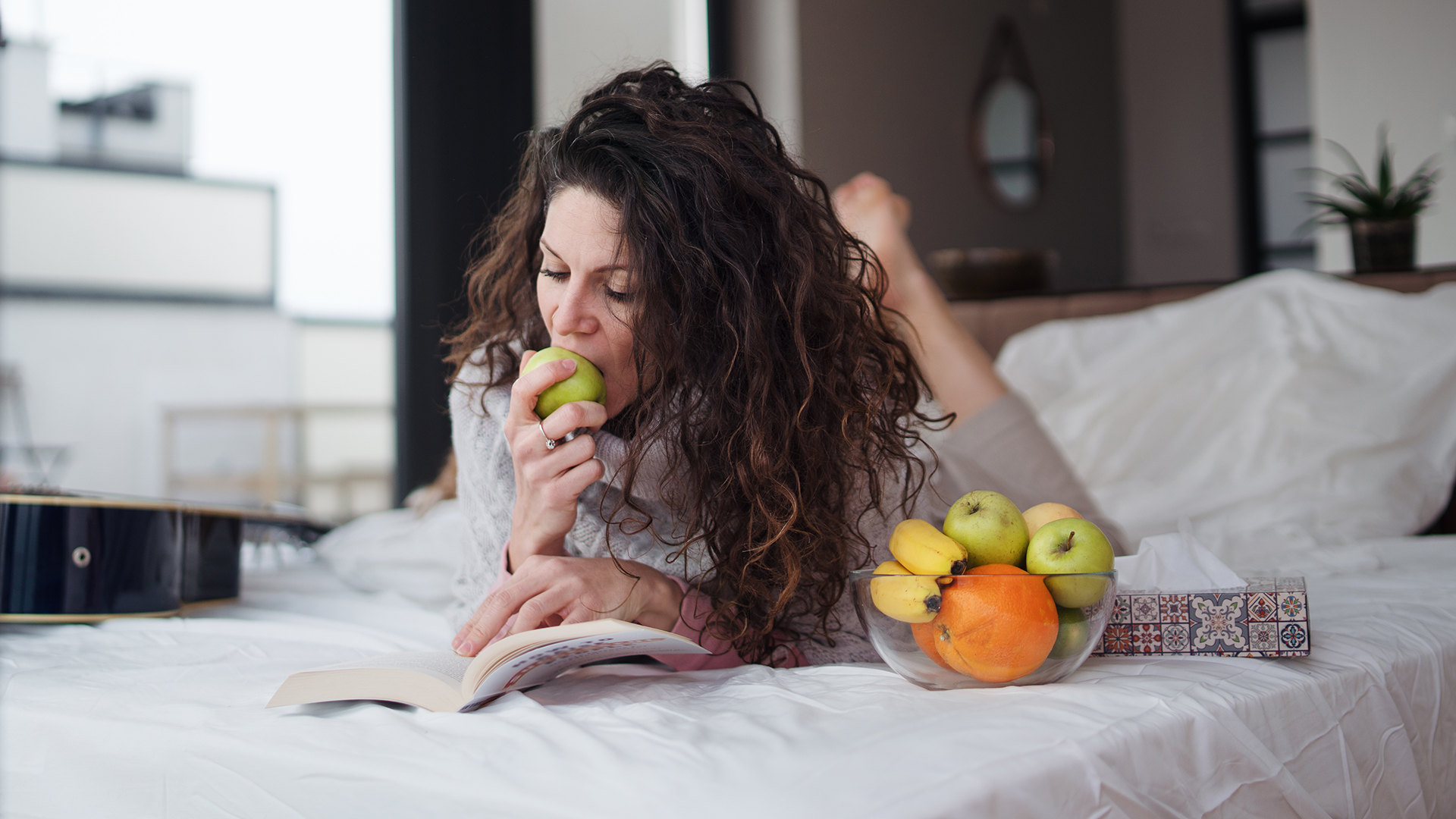
How to do it: This one is all about routine. If you regularly find yourself eating late, then it’s time to reassess how you plan your nights Try setting aside time earlier in the evening to relax and eat dinner.
Of course, an empty stomach can also keep you awake. It’s okay to have the occasional snack, so if you feel your belly rumbling past that three hour cut off point, grab yourself a small handful of sleep friendly foods.
Step 3: 2 hours before bed, no work
Hybrid working and work from home has, for many of us, deteriorated the line between work time and leisure time. However, working into the evening can be disastrous for your sleep. With the 10-3-2-1-0 rule, you put away all work at least two hours before going to bed. Assuming a 10pm bedtime, that means no more sneaky work emails past 8pm.
Work has a tendency to keep the brain busy, which is terrible if you’re trying to get to sleep. Instead of counting sheep, you might find yourself working through your to-do list. Working before bed can also make you feel stressed which, in turn, can keep you awake. We have some advice on how to sleep when stressed, but stopping work can help you avoid the anxiety in the first place.
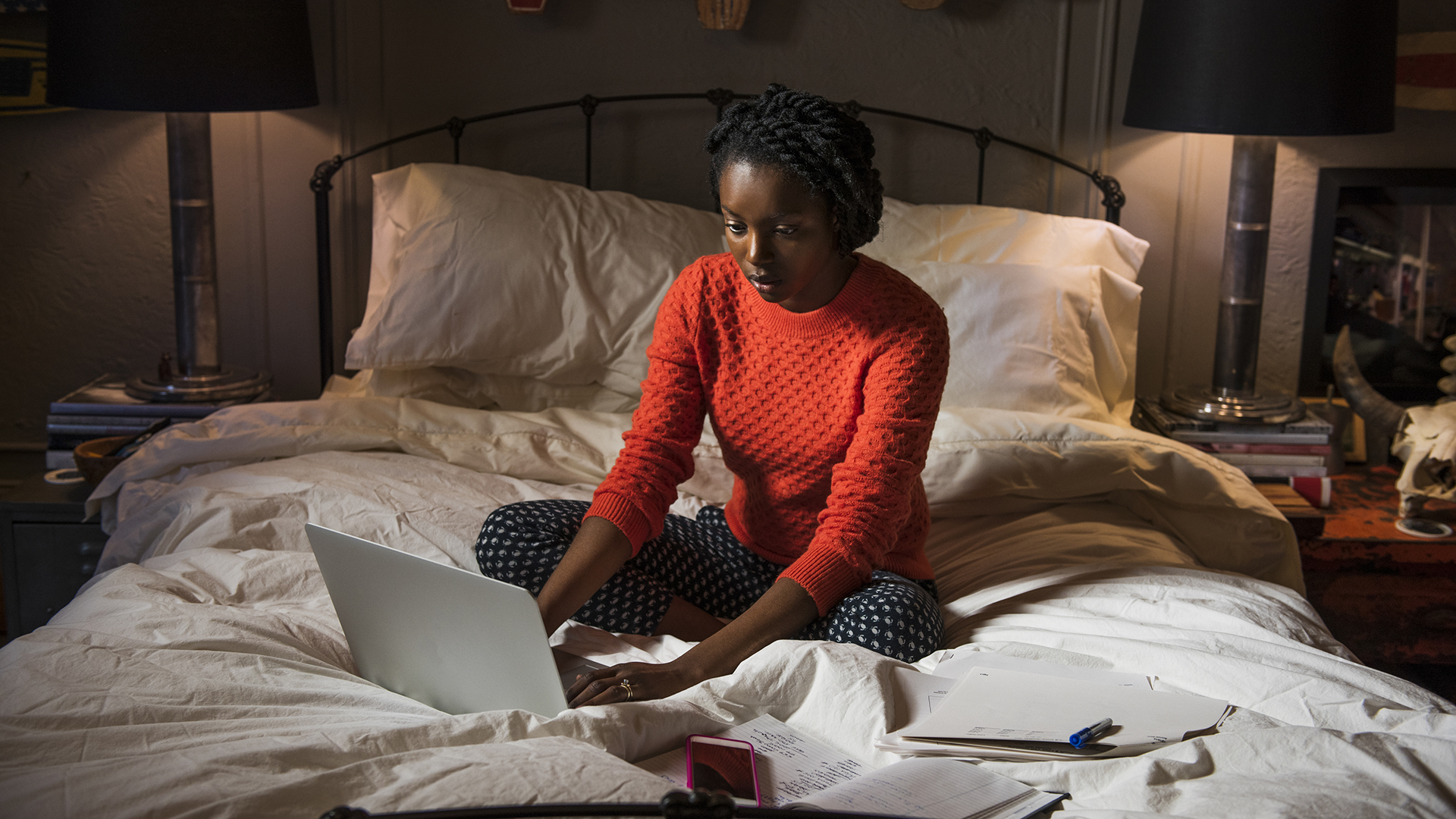
How to do it: Remove any visible reminders of work from the bedroom, as you’re more likely to pick up your laptop if it’s always in your eye line. (In fact, a general declutter can help you sleep.) If you can't bring yourself to turn off your phone, at least mute notifications from work. And absolutely no more working from bed – the mattress is no place for emails.
If you’re struggling to put work away for the evening, try writing your thoughts down, so they’re not weighing on your mind.
Step 4: 1 hour before bed, no screen time
At least one hour before going to sleep, no more screens. Yes, you have to put your phone away. This is one that many of us are likely to struggle with (and I’m including myself with that), but that bad news is, it really can make a difference.
Light is so important to our sleep cycle. Exposure to light suppresses the release of melatonin – a hormone that makes us feel sleepy. Light in the morning helps us wake up, while light in the evening prevents us from sleeping. Blue light, like the kind we get from LED screens, is particularly good at suppressing melatonin. By scrolling through our phones at night, we signal to the brain that it’s not really time to sleep.
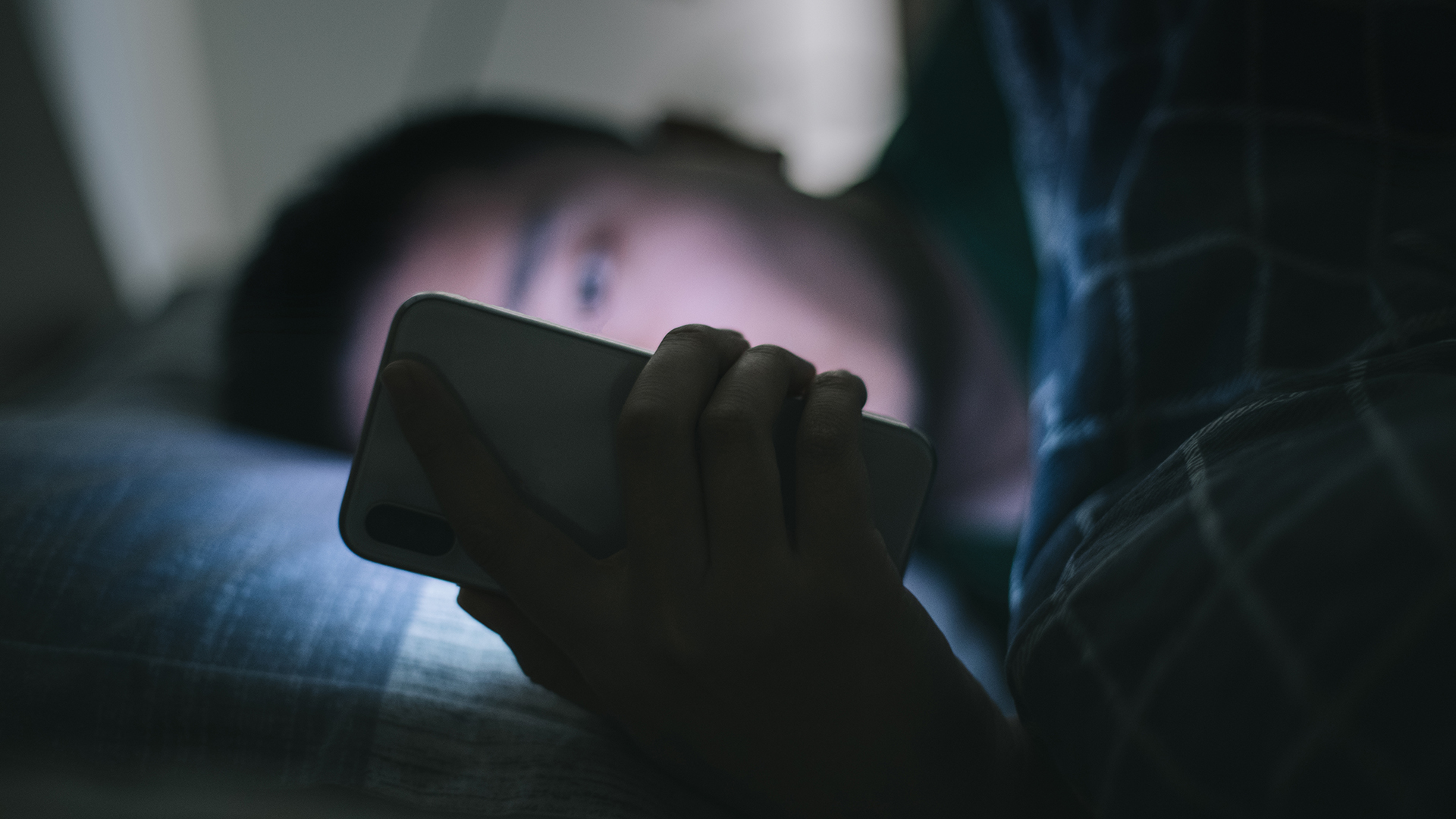
And it isn’t just the presence of screens that can wake us up, but the content of those screens. Ever found yourself doomscrolling before bed? Social media feeds have a habit of getting us agitated which, yep, contribute to late nights spent tossing and turning.
How to do it: Pick up a relaxing evening hobby instead. Reading before bed can help you wind-down and drift off, while some light stretching and evening exercise can help you sleep.
Step 5: 0 times pressing snooze in the morning
The 10-3-2-1-0 method doesn’t just deal with the night before. Our final rule comes into play the next morning and it involves one big zero: when you wake up, don’t hit the snooze button at all.
Snoozing confuses both your body and brain. One second you were waking up, the next you’re falling asleep, then you’re waking up again. It plays havoc with your circadian rhythms and this fragmentation of your sleep cycle can leave you feeling more tired.
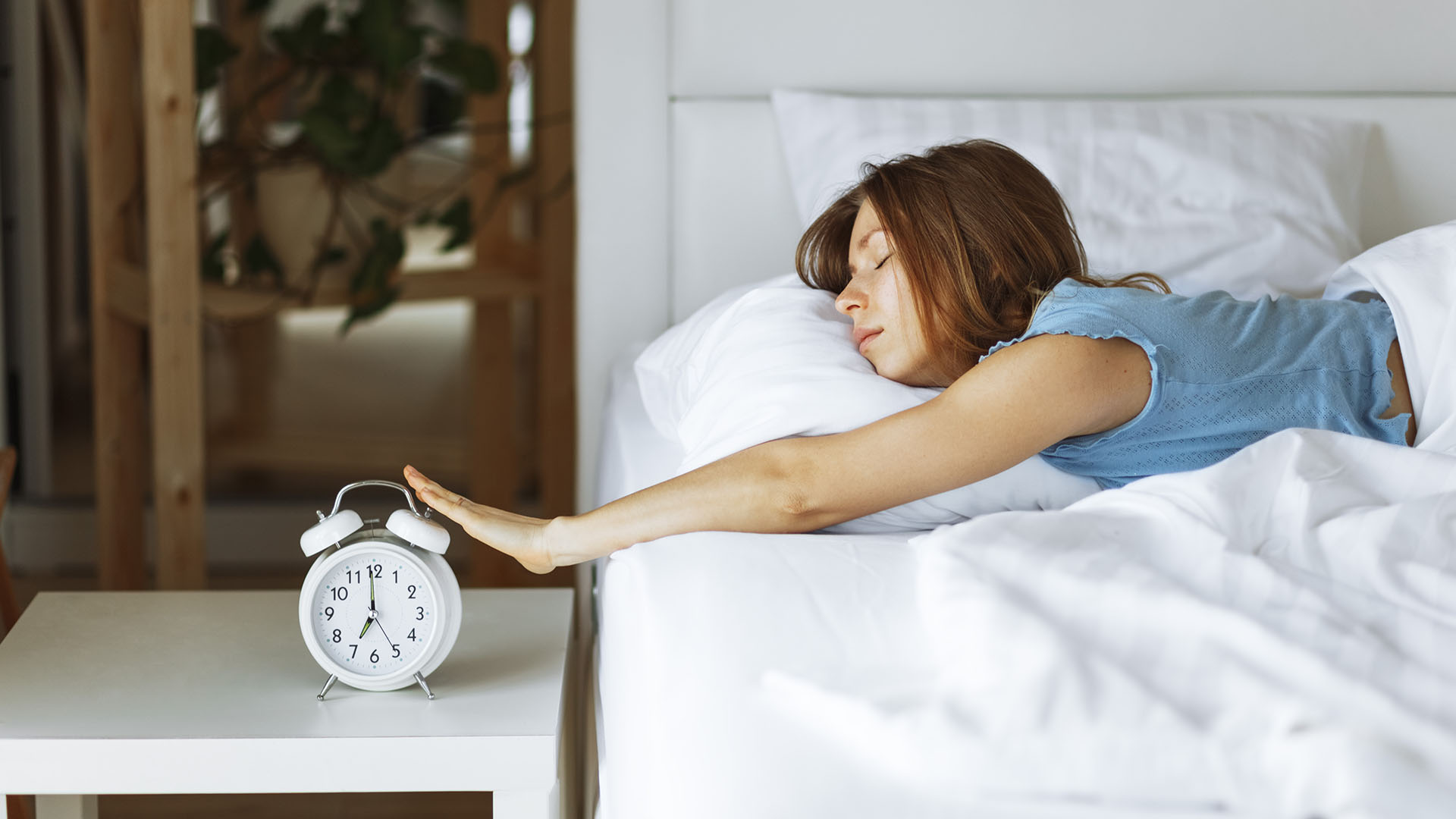
How to do it: As soon as your alarm rings, instead of hitting snooze, start getting up. Let some light in, either through the window or by turning on your ceiling light. Stick your leg out of bed (this is particularly useful on a cold morning). And have a nice breakfast waiting for you, so you’re more compelled to leave your cozy covers. If you're really struggling with it, we have some more advice on how to stop pressing snooze, to help you out.
How to make the 10-3-2-1-0 sleep rule work for you
Routine is perhaps the most important thing when it comes to the 10-3-2-1-0 sleep method. Try to build your routine around each rule, rather than awkwardly fitting each rule into your current routine. It can be overwhelming at first, so consider introducing each rule slowly (and maybe trying one at a time).
The 10-3-2-1-0 sleep rule compels you to cut a lot of things out (caffeine, late night TikTok binges, that last glass of wine…). Rather than removal, think of this as an opportunity for replacement. Switch your mid-afternoon cappuccino for a caffeine-free peppermint tea. Swap your late night doom scroll for a few minutes with your favorite book. And instead of hitting snooze, go and grab yourself a delicious breakfast.
The 10-3-2-1-0 rule depends on having a consistent bedtime, so think about the right time to go to bed. Finding the perfect bedtime depends on your sleep chronotype, and can help make falling asleep and waking up that bit easier.
Finally, remember that the 10-3-2-1-0 method is a guideline, and you should adapt the rules to suit your lifestyle. For example, due to my work schedule, some nights I don’t have time to eat before 7pm. On those days, I’ll instead try to prepare a meal in advance so I can eat as early as possible, and dedicate my evenings to quiet activities that will give my food time to digest. Maybe I'm not following the exact rule, but I'm adapting the spirit of the method so it works better for me.

Ruth is TechRadar’s Sleep Writer. She’s here to help you find the perfect sleep setup for your budget and personal preferences. As well as keeping a keen eye on everything that’s going on in the world of mattresses, she regularly speaks to experts to help you learn how to improve your sleep habits, whether that’s by debunking sleep myths or explaining the science behind it all. Prior to joining the TechRadar team, she wrote features and product guides for new parents hoping to get a decent night's sleep, as well as writing for a variety of online spaces.